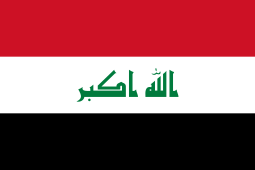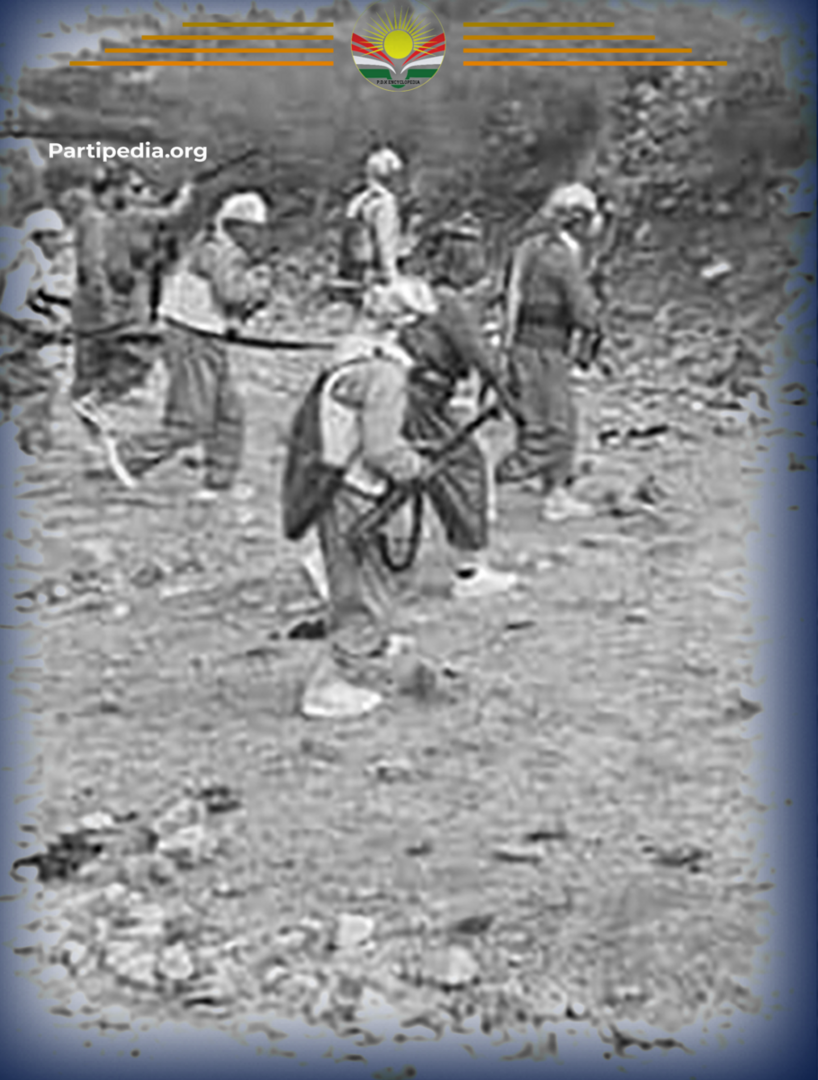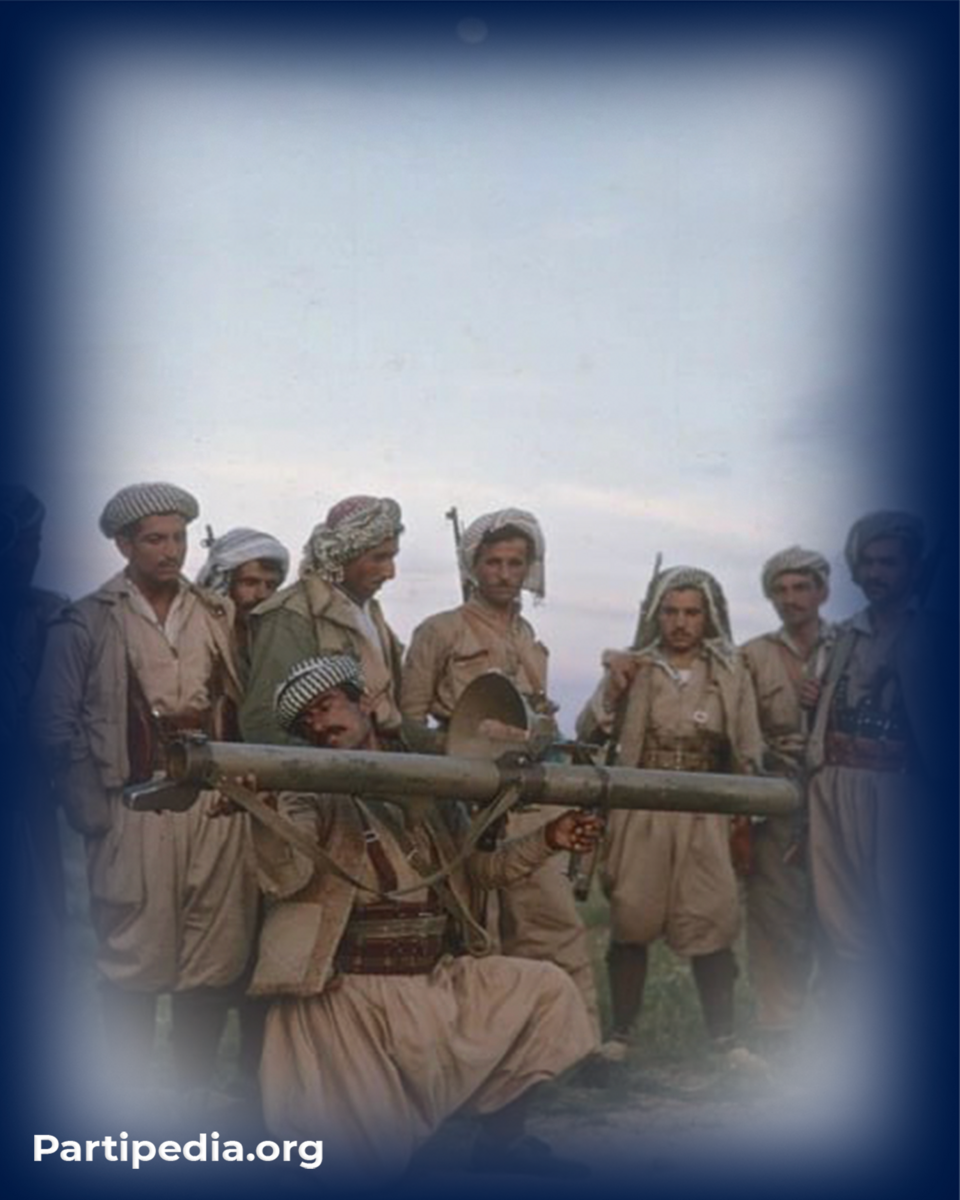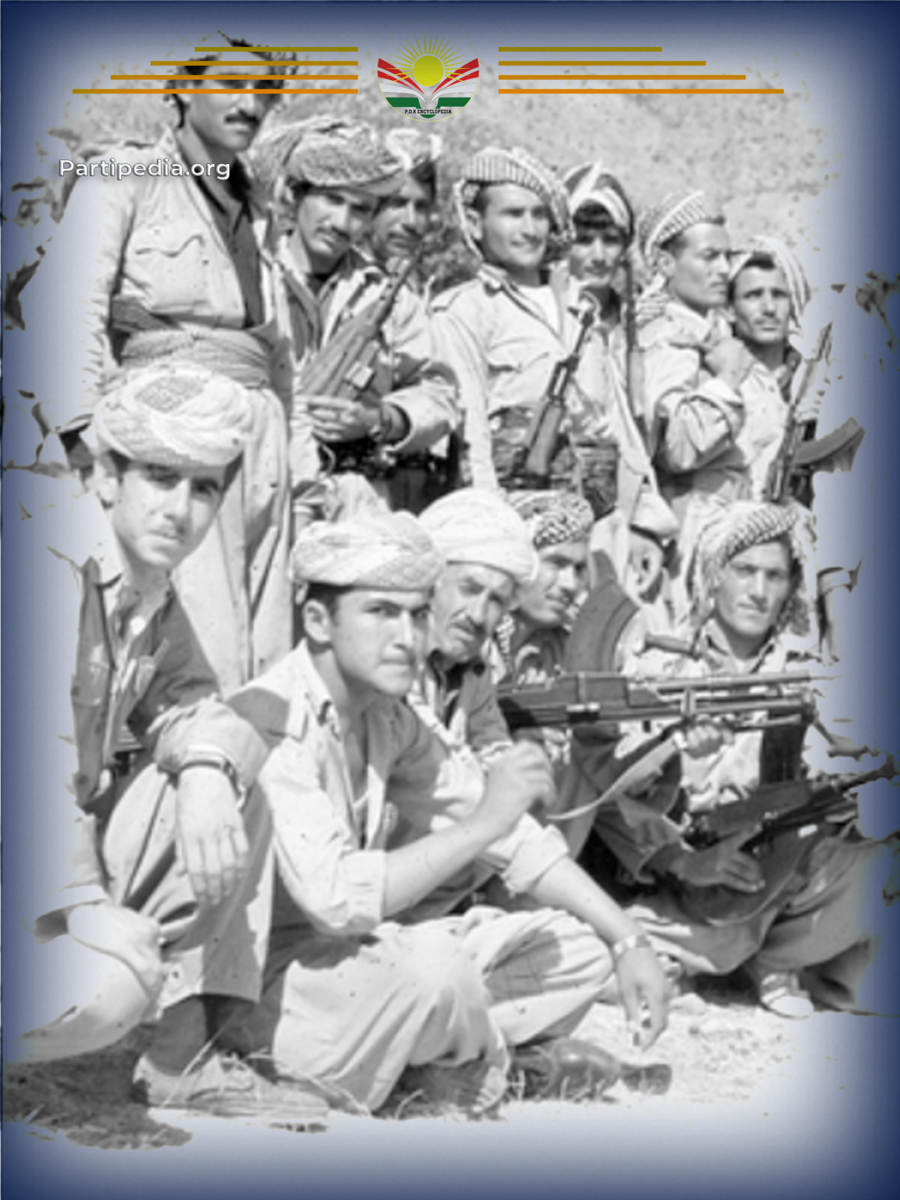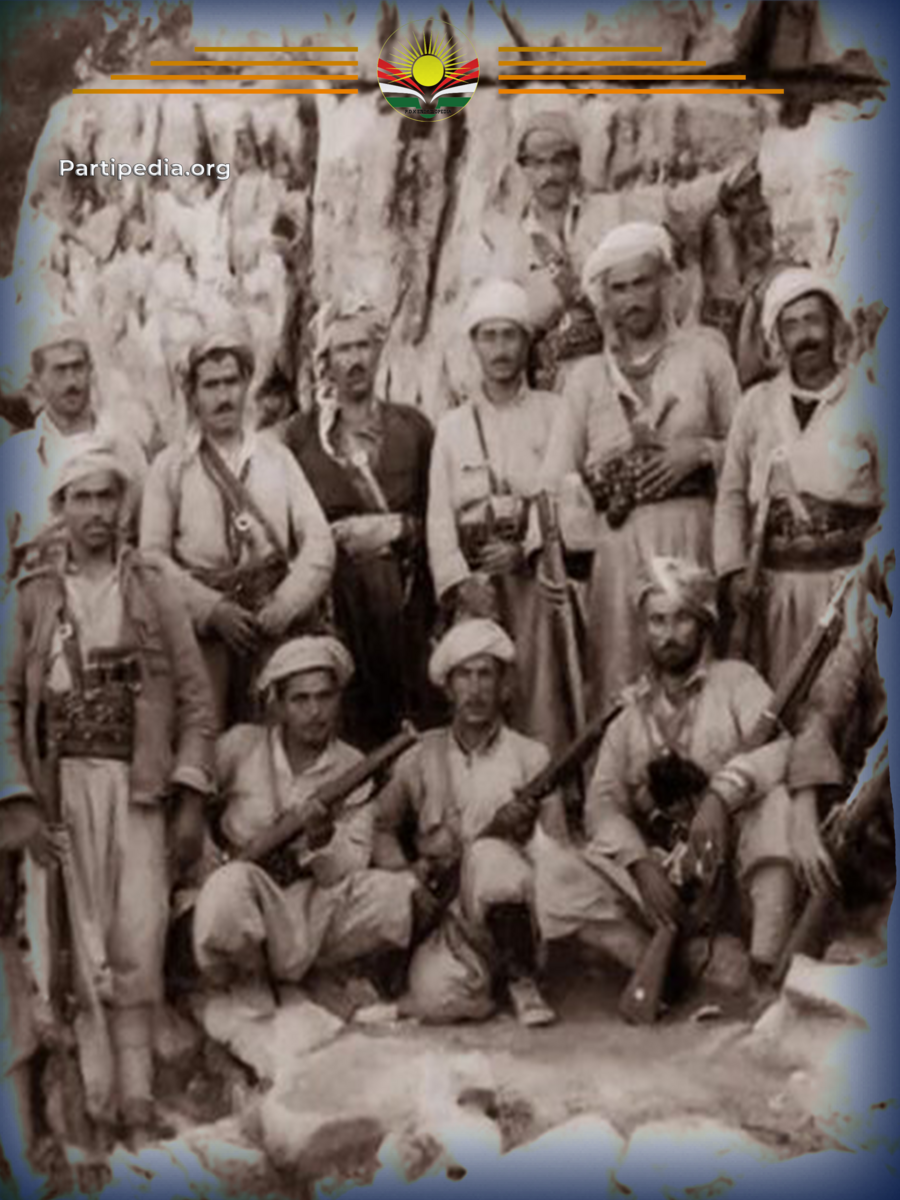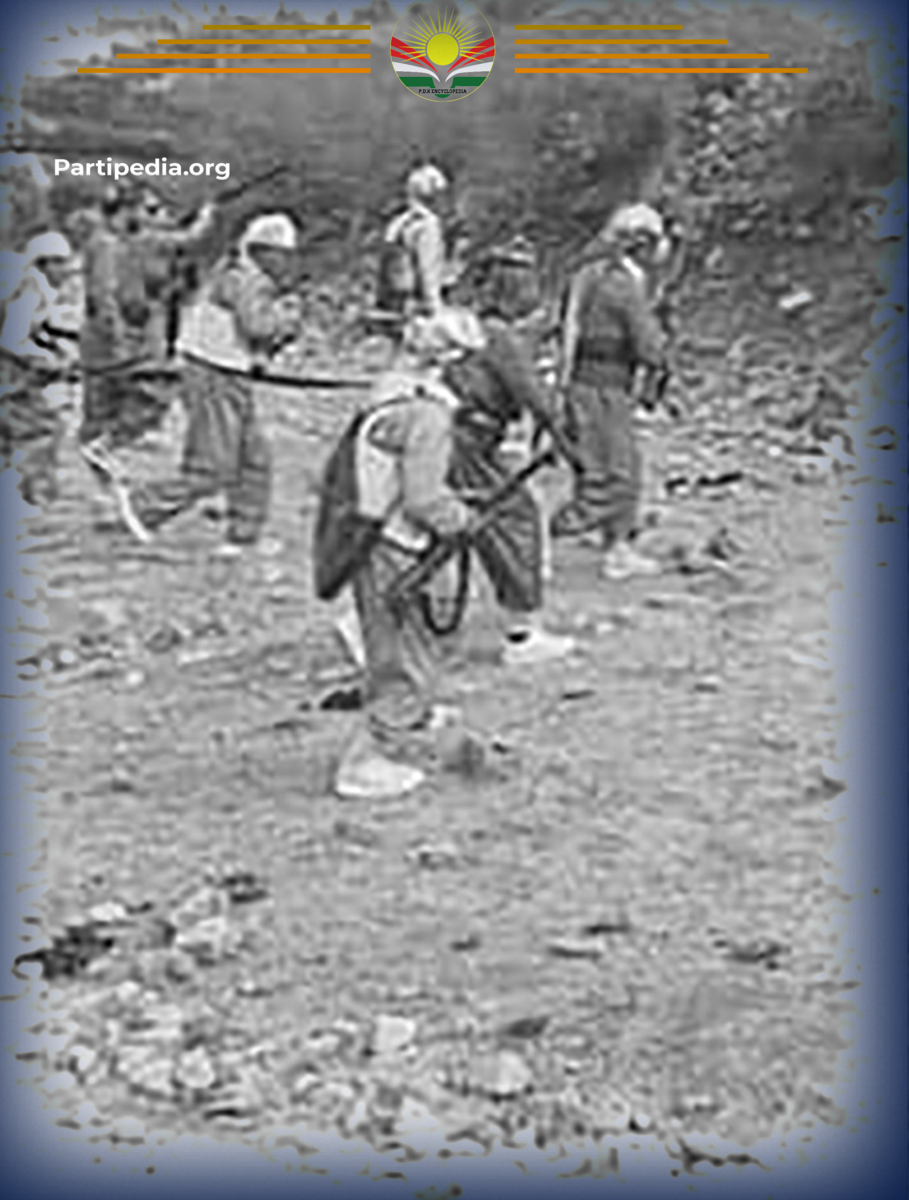Following the Battle of Zawita, fought from December 5 to 6, 1961, where the Peshmerga achieved a remarkable victory by inflicting heavy damage on the army and Jashes, they successfully took control of Sarsang village and the Zawita Valley. Meanwhile, President Barzani, stationed in the village of AlKeshke, received reports that Iraqi army forces were mobilizing extensively and preparing to launch a massive offensive aimed at reopening the Sarsang road and recapturing the area.
Preparations
On December 12, 1961, government forces, consisting of an armored company, an infantry unit from the 3rd Battalion of the 11th Brigade, an artillery battalion, a police battalion, the 3rd Battalion of the 1st Police Brigade, and 200 mercenaries, departed from Duhok towards Amedi. Colonel Bashir Ibrahim commanded the 3rd Battalion of the 11th Brigade. Barzani directly supervised the battlefront and strategically divided his forces into several defensive positions, ranging from Merga Drez to Lomana and from Kevlesne to Upper Bagera. Preparations included ambushes and guerrilla warfare tactics, with a military plan deploying 200 Peshmergas under the command of Mullah Shne Qurtas Bedaruni on both sides of the road from Qantara to the head of Swaratuka. Additionally, another 200 Peshmergas under the command of Hasso Mirkhan Dolamari were stationed on both sides of the road between Gavana’s grave and Mangesh, thereby maintaining complete control over these two critical roads.
Upon receiving intelligence about the arrival of the large government force, Barzani ordered the Peshmerga to set up an ambush in the Lomana turns. When the government forces arrived, they fell directly into the Peshmerga's ambush. None escaped, as they were either killed, wounded, or captured, and all their military equipment was seized by the Peshmerga. It is worth noting that the weather played a significant role in favor of the Peshmerga during this challenging confrontation. The day was cold, with thick fog blanketing the entire area. As a result, warplanes failed to accurately bomb the Peshmerga positions because they were unable to distinguish between the Peshmerga and government soldiers due to the weather and their close proximity. Consequently, the planes flew over the area in vain.
Enemy losses and Peshmerga gains
The fighting resulted in significant losses for the government forces, with hundreds of Iraqi army soldiers, primarily police, killed or captured, and 76 trucks set ablaze. The Peshmerga achieved remarkable gains, including the seizure of a large quantity of military ammunition and 1,500 different weapons collected from the battlefield. These gains proved crucial, as many sons of the Badinan tribes of Nerwayi, Barwari, Sindhi, Doski, and Guli had recently joined the revolution and become Peshmergas but lacked weapons. This achievement ensured that most of them were armed and ready for future battles.
However, the Peshmerga also suffered casualties, with two fighters, Khadr Karim Khoshnaw and Hassan Goran, killed and 18 others wounded. It is worth noting that a participant in the incident highlighted Barzani’s deep concern and sadness over the loss of life among government forces. Barzani reportedly stated that the soldiers and police were victims and sons of the nation, compelled to fight under government orders. He urged the Peshmerga not to kill them unnecessarily, advising instead to wound them when possible. In line with this sentiment, Barzani ordered Commander Nabi Sar-Asan, whose forces had blocked the escape route, to allow the remaining government troops to retreat and save themselves from certain death.
Echoing the success of this Battle
The victory of the Peshmerga forces in the Battle of Lomana marked a significant turning point in the revolution, propelling it into a new stage. This triumph instilled self-confidence and bolstered the courage of the Peshmerga to confront large, well-armed forces across Kurdistan, including the Soran regions. It was also the first time the government army suffered such substantial losses in terms of lives and materials. Moreover, the victory shattered the barrier of treachery, exposing the Jashes and placing them in a deeper circle of shame while highlighting their betrayal to the Kurdish people. This victory served as a powerful response to Abdulkarim Qasim’s statement and press conference on September 23, 1961, in which he had declared both the beginning and end of the Kurdish insurgency.
Another significant aspect of this battle was the complete destruction of an entire mobile brigade, as previously mentioned. The soldiers killed, wounded, or captured during the battle hailed from various cities and regions in Iraq. Those who were released or returned wounded spread news of the Kurdistan Revolution throughout Iraq, amplifying the victory’s impact among both allies and adversaries. This demonstrated that the revolution stood for honest and noble ideals. Additionally, 330 prisoners were released after the battle and sent to the village of Kundaka Bne before being transferred to Duhok, while the wounded were released following treatment.
In the aftermath of the fighting, the government was compelled to request negotiations with Mullah Mustafa Barzani. However, their intention was not genuine, as they planned to bomb the negotiating venue during a meeting between Barzani and the commander of the 5th Brigade, Staff Colonel Hassan Aboud, to assassinate them. Barzani, demonstrating exceptional wisdom, consulted with the Peshmerga commanders and changed the meeting location, thereby uncovering the government’s conspiracy and exposing it to both sides.
Source:
١- عبدالفتاح علي البوتاني، منطقة بادينان 1925 – 1970، ج 2، مطبعة جامعة صلاح الدين، اربيل، 2017.
٢- سعيد حمو، مذكرات أمر لواء مشاة، بغداد، 1977.
٣- وەصفی حسن ردینى، داستانا لۆمانا – کەڤلەسنێ، چاپخانەى خانى، دهۆک.
٤- هاوکار کەریم حمە شریف، شۆڕشى ئەیلوول، چاپخانەى زانکۆى سەلاحەددین، هەولێر، 2012.
٥- حاجى میرخان دۆڵەمەرى، گەڕان بە دواى دادپەروەرییەدا دیوێکى ترى مێژووى شۆرش لە کوردستاندا 1943 – 1991، بەرگى یەکەم، بێ شوێنى چاپ، کوردستان، 2021.
٦- رجب جمیل حبیب، ئامێدى (العمادیة) 1921 – 1975، مطبعة هەوار، دهۆک، 2012.
٧- شەوکەت مەلا ئیسماعیل حەسەن، رۆژانێ لە مێژووى شۆڕشى ئەیلول، چاپى دووەم، نووسینگەى تەفسیر، هەولێر، 2006.

